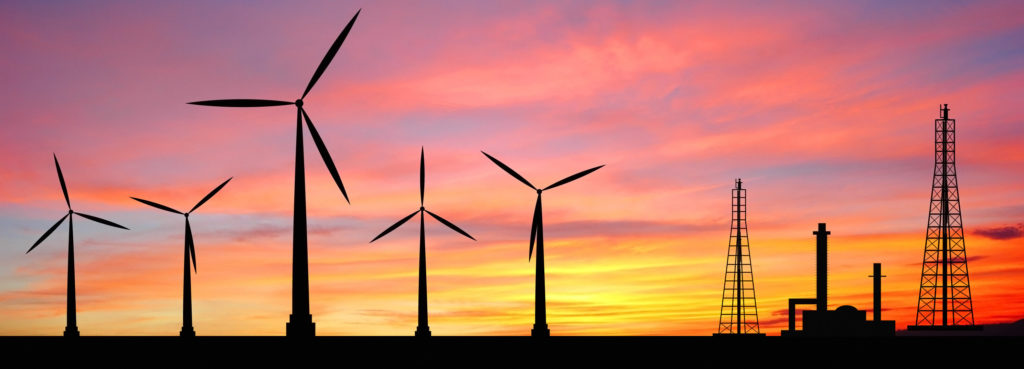
Australia’s biggest iron ore producers invest to meet Chinese demand
As China’s demand shows no signs of easing, Australia’s biggest iron ore producers are spending as much as $US10 billion ($12.5 billion) on mines so they can keep pumping out shipments. To meet demand, they plan to add about 170 million tonnes of new capacity to replace exhausted mines, and are looking at investments in infrastructure and equipment to boost export capacity to their long-term targeted rates.
According to these trends, forecasts of a slowdown in China’s steel industry appear to have been misplaced, and iron ore prices are trading near a four-month high. However, despite the new wave in investments, new spending by the top miners remains a fraction of the amount deployed at the peak of China’s demand boom.
Read more at: The Sydney Morning Herald
The birth of an energy behemoth?
Following months of speculations set off by an announcement in June, China’s major power generator China Guodian Corporation and coal producer Shenhua Group announced a merger proposal of their coal power assets, setting up a joint venture company worth 54.4 billion yuan ($8.24 billion). So far, the plan has cabinet-approval.
As the Chinese government is trying to cut industrial overcapacity and trim the number of State-owned enterprises, this merger is believed to be the first of a number of mergers in China’s power industry.
Not one to be underestimated, this merger is likely to create an energy behemoth with combined assets estimated to be in the range of 1.73 trillion yuan to more than 1.8 trillion yuan.
Read more at: China Daily
China employs unmanned drones in African mine surveying
Unmanned Chinese drones have recently made their first aerial mine surveys in Zambia, a milestone for Chinese minerals surveying on the continent. The drones are a modification based on the CH-3 model midrange combat/reconnaissance drone developed by the Chinese military. More than 50 flights have already been conducted in Zambia, covering nearly 32,000 kilometres. Compared to conventional prospecting, drone surveying is extremely cost effective and doesn’t entail any human risk in hazardous areas.
Although China has previously used drones for minerals prospecting within its borders and in Southeast Asia, this is the first time they have been deployed on another continent, marking an important milestone for China’s next-generation minerals prospecting regime. After the successful surveys in Zambia, plans are now underway for drone surveying in Liberia and Kenya.
Read more at: China Daily
China releases pollution “battle plan”
China plans to reduce pollution levels by an average of 15% across northern China from October 2017 to March 2018, as outlined in a recent document released by the Ministry of Environmental Protection. The plan targets 28 cities in total, across 4 northern provinces – Shanxi, Shandong, Henan and Hebei – as well the two northern directly-controlled municipalities – Beijing and Tianjin. Ambitious targets have been set for Beijing and Tianjin, aiming to cut average PM2.5 concentrations by 25% from 2016-2017 levels.
Strict measures will be implemented on polluters to reach the targets, including production limits or suspensions for iron, cement and other manufactured goods over the autumn-winter period. A new regional environmental protection body will be established to ensure compliance.
Read more at: China Daily
